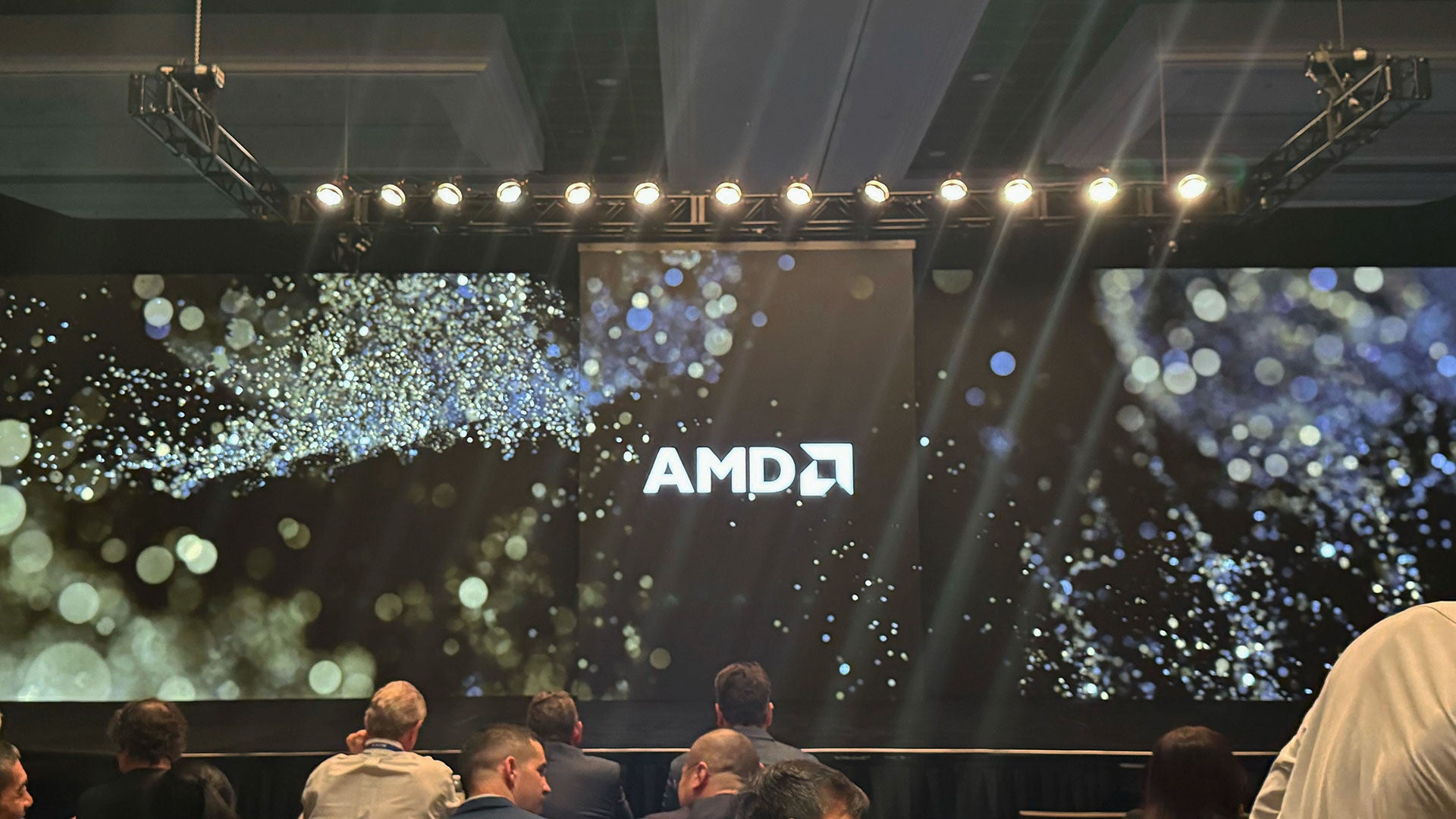After months of waiting for new graphics cards, the AMD Radeon RX 9070 XT has finally been announced and will be powering gaming PCs within the next few months.
AMD has announced two graphics cards to spearhead its new generation: the AMD Radeon RX 9070 XT and RX 9070. AMD is using this generation of GPUs to rebrand a little bit, signalling that these GPUs are of the same generation as the AMD Ryzen 7 9800X3D. It's also to draw closer comparisons with Nvidia, with the RX 9070 intended to compete with similarly branded "mid-range" Nvidia cards, like the RTX 4070.

The RX 9070 XT is powered by the Zen 4 architecture, with all-new AI accelerators that enable AI upscaling in an AMD graphics card for the first time through FSR 4, or FidelityFX Super Resolution (more on that below). However, because AMD hasn't revealed the specs of these cards, I don't know how much of an improvement RDNA 4 will offer over AMD GPUs like the Radeon RX 7900 XT.
AMD hasn't revealed an exact release date for the Radeon RX 9070 XT and RX 9070, but has teased that it's coming sometime in Q1 2025. Likewise, Team Red hasn't revealed the price, though with it going up against an Nvidia xx70 GPU, I'd expect these graphics cards to cost anywhere from $499-$599 whenever they come out.

Welcome to the Next Generation
Along with the new graphics cards, AMD has also announced FSR 4. Just like the PSSR, or Playstation Spectral Super Resolution, that Sony worked on with AMD to create for the PS5 Pro, this new upscaling method will be based on a machine learning algorithm. However, unlike PSSR, which runs its AI algorithm directly on the shading cores, FSR 4 will be utilizing specialized AI accelerators in RDNA 4, similar to how DLSS is handled on Nvidia graphics cards.
This should substantially improve on both image quality and performance, thanks to Team Red finally utilizing the AI accelerators baked into each Compute Unit. AMD has also said that it has completely rebuilt its AI accelerators for this generation of cards, which explains why it has waited so long to implement an AI upscaler that can compete with the likes of XeSS and DLSS.
More importantly, this new upscaler finally marks a point where every GPU manufacturer has an AI upscaling solution. As long as developers continue to add all three upscalers to their games, which is becoming more common, this new generation of graphics cards might mark an end to Nvidia's complete domination of any game with ray tracing enabled.
However, with AMD only announcing the RX 9070 and drawing comparisons to the GeForce RTX 4070, Team Red doesn't seem to be punching for the top-end of the GPU market. Nvidia hasn't showed its next-generation hand yet, but assuming that the GeForce RTX 5090 – or whatever it's called – is significantly faster, AMD could just be leaving the super high end of the market for Nvidia, which is an approach that worked out well for Team Red in the RX 580 days.
With the Intel Arc B580 aiming for the budget market and these new AMD cards aiming towards mid-range users, it's refreshing to see two of the GPU makers competing in a range that people can actually afford, rather than launching extremely powerful (and expensive) cards into the stratosphere for the few that can comfortably drop a couple grand on a new GPU.
Intel's new card ended up being a nice surprise when I reviewed it back in December 2024. I won't know how these cards actually perform until I can get them in the lab for testing, but I'm actually hopeful that they'll provide a good value for PC gamers. It's been a while.
Jackie Thomas is the Hardware and Buying Guides Editor at IGN and the PC components queen. You can follow her @Jackiecobra















